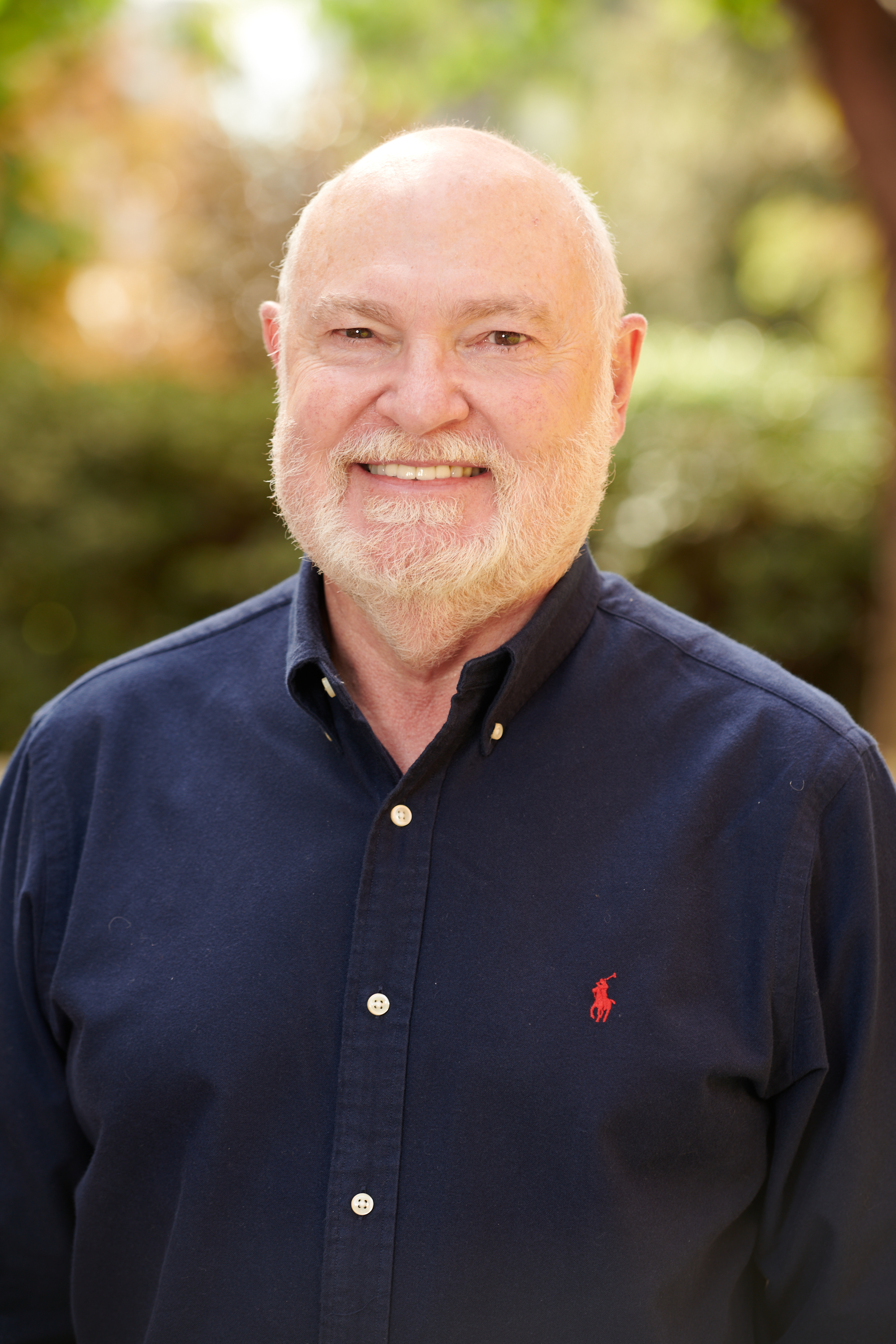David Glanzman
Distinguished Professor

Office: 2357C Gonda (Goldschmied) Center
Phone: (310) 206-9972
Biography
I began my academic career as an English and film major at Oberlin College. After two years of college, I decided to explore the world, and spent a year-and-a-half living in New York City’s East Village, working as a silkscreen printer and apprentice film editor. My curiosity about the world somewhat satisfied, I decided to return to college; I eventually graduated from Indiana University with a B.A. in psychology. I then obtained a Ph.D. in experimental psychology from Stanford University, and afterwards did postdoctoral stints in the laboratories of Frank Krasne at UCLA and Eric Kandel at the Howard Hughes Medical Institute at Columbia University. It was in Kandel’s laboratory that I began my work on learning and memory in Aplysia (see below). In 1990 I was hired as an Assistant Professor in the Department of Integrative Biology & Physiology (formerly Physiological Science), where I am now a Professor. In addition, I am also a Professor in the Department of Neurobiology in the David Geffen School of Medicine.
Research Interests
My laboratory is interested in the cell biology of learning and memory in simple organisms. In our research we use two animals, the marine snail Aplysia californica, and the zebrafish (Danio rerio).
Work on Aplysia: This invertebrate has a comparatively simple nervous system (~ 20,000 neurons) that provides a valuable experimental model for understanding the cellular mechanisms that underlie simple forms of learning, such as habituation, sensitization, and classical conditioning. Another experimental advantage of Aplysia is that sensory and motor neurons that mediate specific reflexes of the animal can be placed into dissociated cell culture where they will reform their synaptic connections. These in vitro sensorimotor synapses are extremely useful for cellular and molecular studies of short- and long-term learning-related synaptic plasticity. Currently, my laboratory is investigating the mechanisms that underlie the persistence of memory: How are memories maintained in our brains over long periods of time? Recently, we have found evidence that RNA-induced nuclear changes, particularly epigenetic changes, play a critical role in memory storage. Specifically, we have found that a long-term memory can be reinstated after manipulations that erase the behavioral and synaptic memory expressions of the memory; by contrast, the memory cannot be reinstated after its disruption by inhibition of an epigenetic process, DNA methylation. We have also found that long-term memory can be transferred from trained to naive, untrained snails if RNA extracted from the nervous systems of sensitization-trained snails is injected into untrained snails. By contrast, RNA from untrained donor snails does not induce sensitization when injected into untrained recipients. These results challenge the synaptic plasticity model of memory.
Work on the zebrafish: The zebrafish has significant advantages for genetic and molecular studies of behavior, including studies of learning and memory. The zebrafish is amenable to both forwards and reverse genetics. Furthermore, although it is a vertebrate with a complex vertebrate nervous system, it possesses reflexive behaviors that are mediated by relatively simple neural circuits in the spinal cord and brainstem. Finally, zebrafish larvae are transparent, which facilitates the use of optogenetics and advanced imaging techniques to study learning-related neural activity within the intact animal. We study the neural basis of nonassociative learning and memory in zebrafish larvae. In addition, we are investigating olfactory-based associative learning in these organisms.
Education
B.A., Psychology, Indiana University Bloomington 1973
Ph.D., Psychology, Stanford University 1980
Selected Publications
Abraham WC, Jones OD, Glanzman DL (2019) ‘Is plasticity of synapses the mechanism of long-term memory storage?’ NPJ Sci Learn, 4 (): 9. PMID: 31285847
Bedecarrats, A. Chen, S. Pearce, K. Cai, D. Glanzman, D. L., “RNA from trained Aplysia can induce an epigenetic engram for long-term sensitization in untrained Aplysia”, eNeuro, 5 (3): (2018)
Pearce, K. Cai, D. Roberts, A. C. Glanzman, D. L., “Role of protein synthesis and DNA methylation in the consolidation and maintenance of long-term memory in Aplysia”, eLife, 6 : (2017)
Chen, S., Cai, D., Pearce, K., Sun, P.Y., Roberts, A.C., Glanzman, D.L.,, “Reinstatement of long-term memory following erasure of its behavioral and synaptic expression in Aplysia”, eLife, (2014)
Roberts, A.C., Bill, B.R., and Glanzman, D.L., “Learning and memory in zebrafish larvae”, Front. Neural Circuits, (2013)
Crystal, J.D., and Glanzman, D.L., “A biological perspective on memory”, Current Biology, 23 (17): R728-R731 (2013)
Press and Media
Interesting discussion of our recent eLife paper in Discover: http://blogs.discovermagazine.com/neuroskeptic/2014/12/27/synapse-memory-doctrine-threatened/#.VNAEAUKBujA
Another article about our eLife paper in Scientific American: http://www.nature.com/scientificamerican/journal/v312/n4/pdf/scientificamerican0415-14.pdf
Article on my research in The Huffington Post: http://www.huffingtonpost.com/2014/12/23/neuroscience-memory-_n_6366588.html
TEDx talk on long-term memory: https://www.youtube.com/watch?v=mLp6PUPqscs
NSN Short A Memorable Snail NOVA Vodcast published 08-21-2009 13:00:00
Video interview on learning and consciousness (scroll down for David Glanzman video)
Audio interview in The DNA Files show “Minding the Brain”
Interview in the online news source “The Mark” (May 19, 2011): http://www.themarknews.com/articles/5222-eternal-sunshine-is-just-around-the-corner?page=1
Article on my research in the May 10, 2011, issue of “The Atlantic”: http://www.theatlantic.com/life/archive/2011/05/even-if-we-could-erase-bad-memories-should-we/238444/

612 Charles E. Young Drive East
Box 957246
Los Angeles, CA 90095-7246
(t) (310) 825-4373
(f) (310) 206-9184

